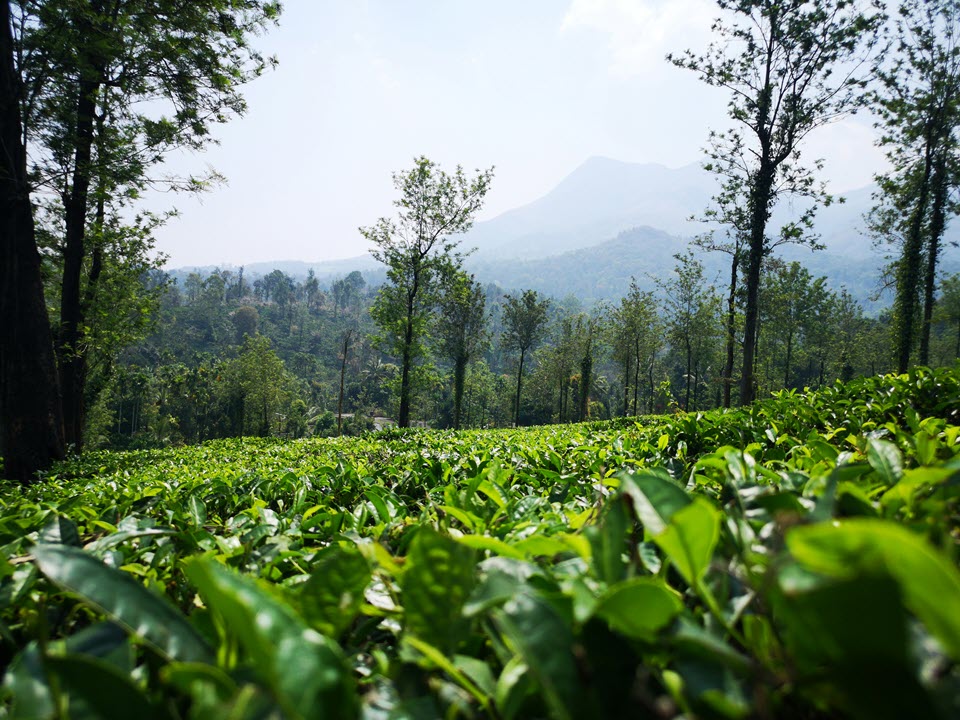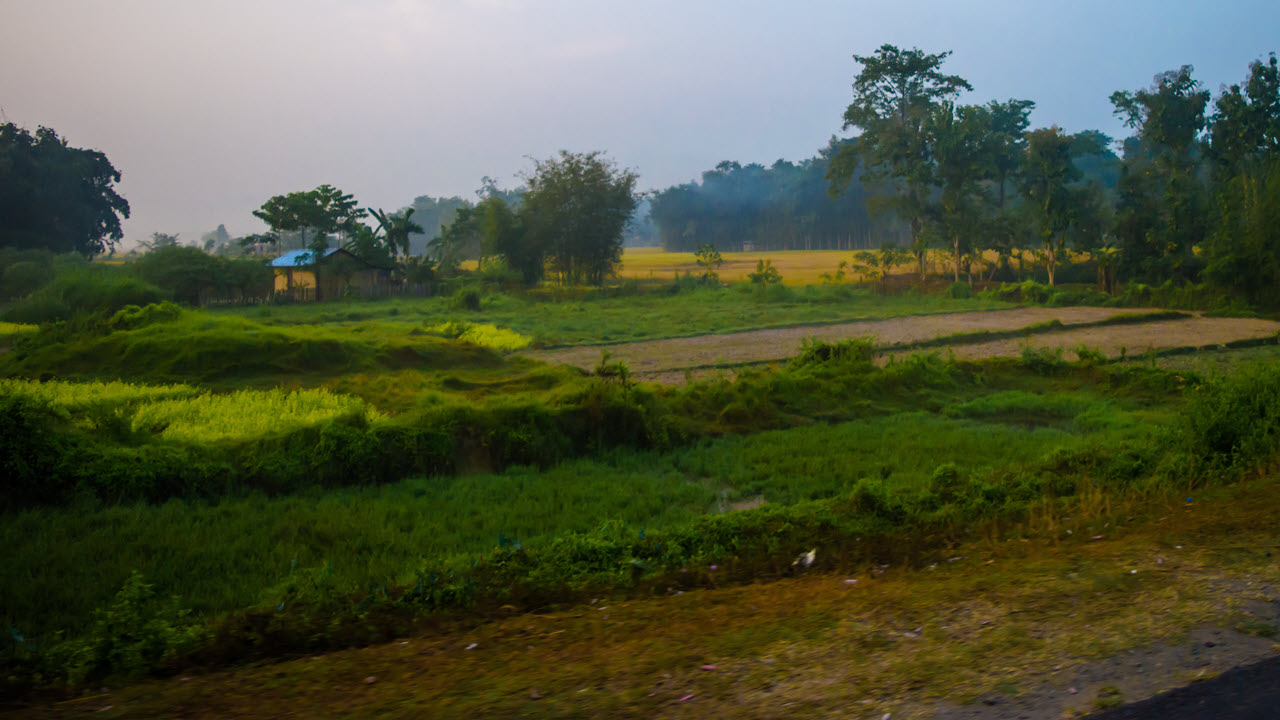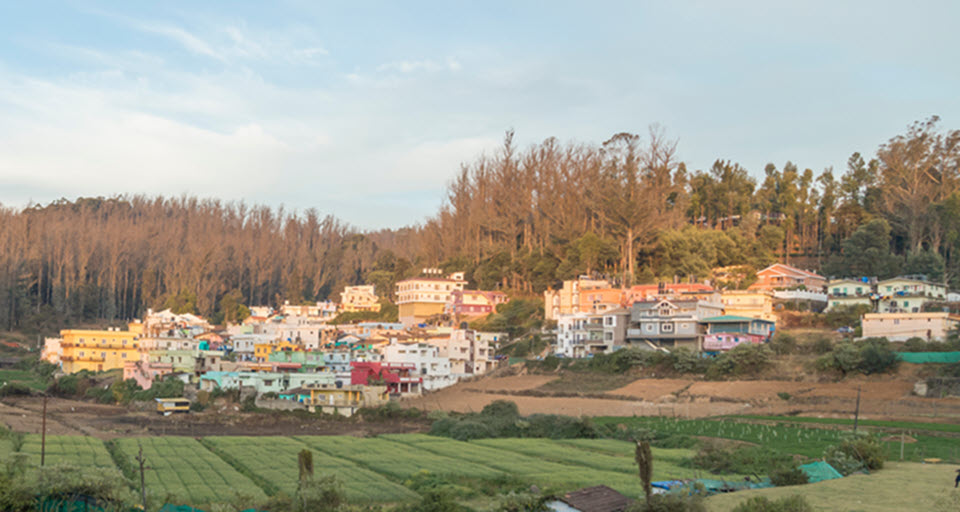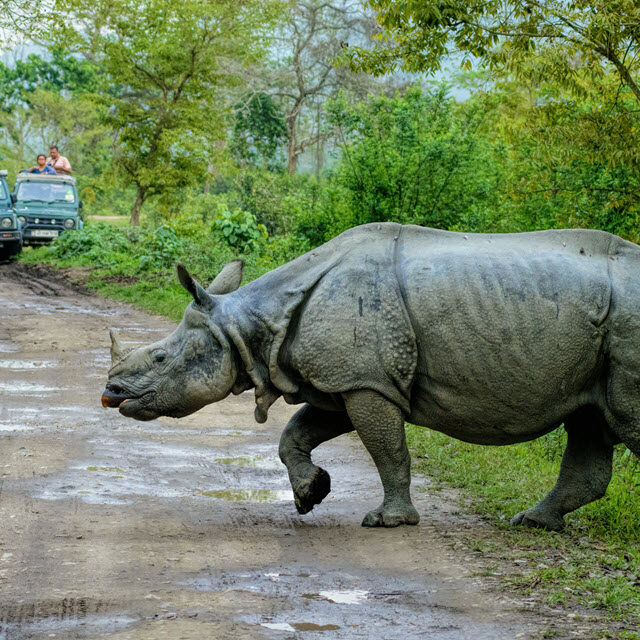By Aravinda Anantharaman | Editor
India Tea News for the week ending September 6, 2024
Powered by RedCircle
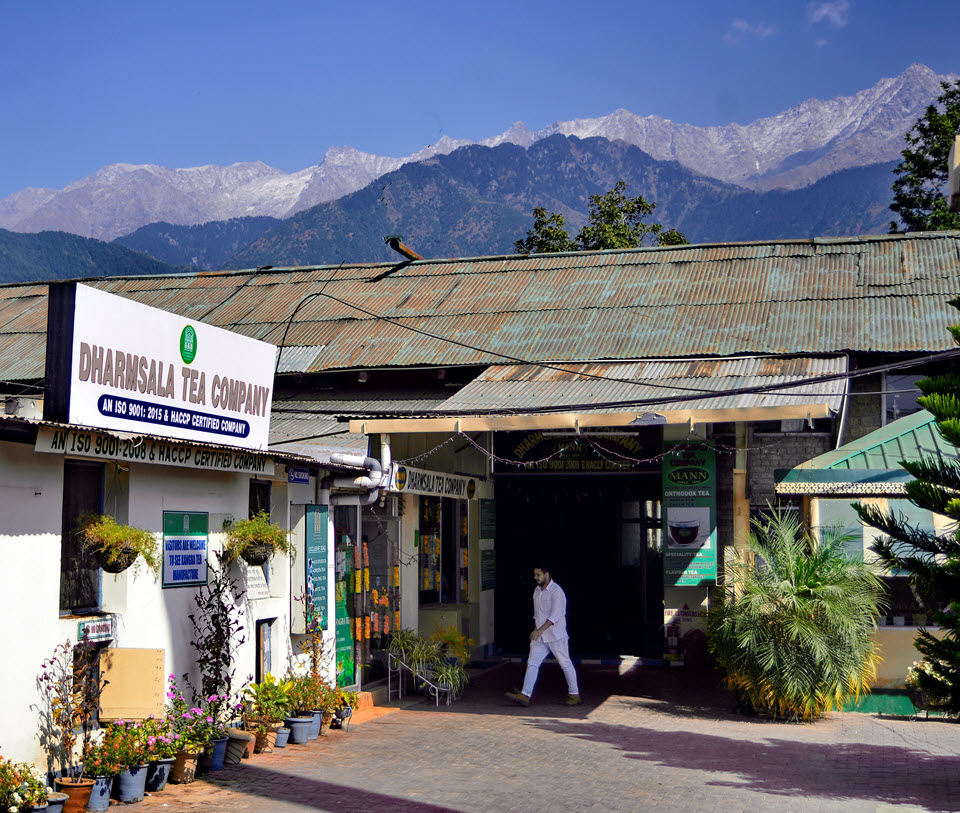
Kangra’s factories may open again
Following a tea board meeting this week, plans are underway to revive the regional cooperative tea factories in Kangra. Four cooperative factories were established in Kangra between 1964 and 1981, but three of them shut down, and only the one in Palampur remains open. With the growing small tea grower segment, reopening and upgrading the factories could benefit farmers. The Hindustan Times quoted Kangra Valley Small Tea Planters Association president Suksham Butail as saying it could benefit 250 small tea growers and support the livelihood of 6,000 individuals.
Tata and HUL may increase tea prices
Supply of tea has been hit this year, with climatic conditions being a significant reason. The surge in tea prices stems from a sharp decline in production. Tea production dropped by about 13% from January to July, impacting prices. July auction prices in North India increased by 21% from last year. August saw a further rise in auction prices in Kolkata and Siliguri. Coonoor and Cochin also saw a price rise of 37% and 21% respectively. The impact of price rise was seen in CTC more than orthodox. This is expected to impact retail prices from the top two packeteers in India, Hindustan Unilever (Lipton, Taj Mahal, Brooke Bond) and Tata Consumer Products (Tata Tea, Tetley, Kanan Devan, Agni, etc.). Incidentally, share prices of several listed tea companies, including Jayshree Tea and United Nilgiri Tea Estates, surged on Wednesday thanks to increased procurement costs. Business Today
CAG report highlights the inadequate implementation of labor laws
A recent Comptroller and Auditor General report highlighted inadequacies in implementing labor laws in Assam. The audit on Implementation of Schemes for the Welfare of Tea Tribe, for 2015-16 to 2020-21, assessed the implementation of welfare schemes for the tea tribes across Cachar, Dibrugarh, Nagaon, and Sonitpur. There are 390 tea estates in these zones, of which 40 were selected for the audit based on plantation size and worker count. The audit included records and interviews with 590 workers. Some of the areas highlighted are insufficient intervention by the state in aligning wages with the Minimum Wage Act (MW Act), inadequate efforts to improve workers’ conditions, wage disparities between Barak Valley and the Brahmaputra Valley, poor implementation of welfare schemes, and lack of reports and data as mandated.
Pratidin Time
Episode 184
Powered by RedCircle
Latest India Tea News
- Darjeeling Faces A Challenging First Flush | Growers Ask for 100% Auction Sales | Two Tea Brands Raise Funding
- USAID Dismantled: Help Assess Impact on Tea Globally
- Red Sea Shipping Attacks Paused | Carlsberg Acquires UK Bottler Britvic | Kidney Mortality Rates Lower for Tea Drinkers Consuming Oxidized Tea
- Indian Tea Industry Flags Poor Imports | Chai Point Aims For Guinness Record at The Kumbha Mela | 2nd Inter Tea Garden Football Tournament in Assam This Week
- Hot Tea Gains Marketing Momentum | FDA Bans Red Dye No. 3 | Argentine Tea Awarded GI Status

